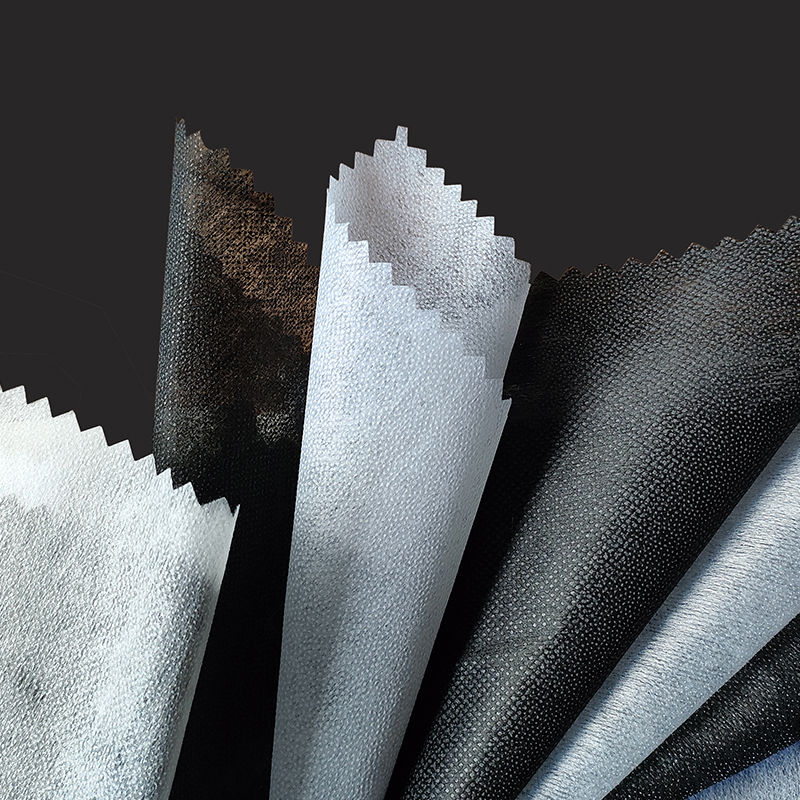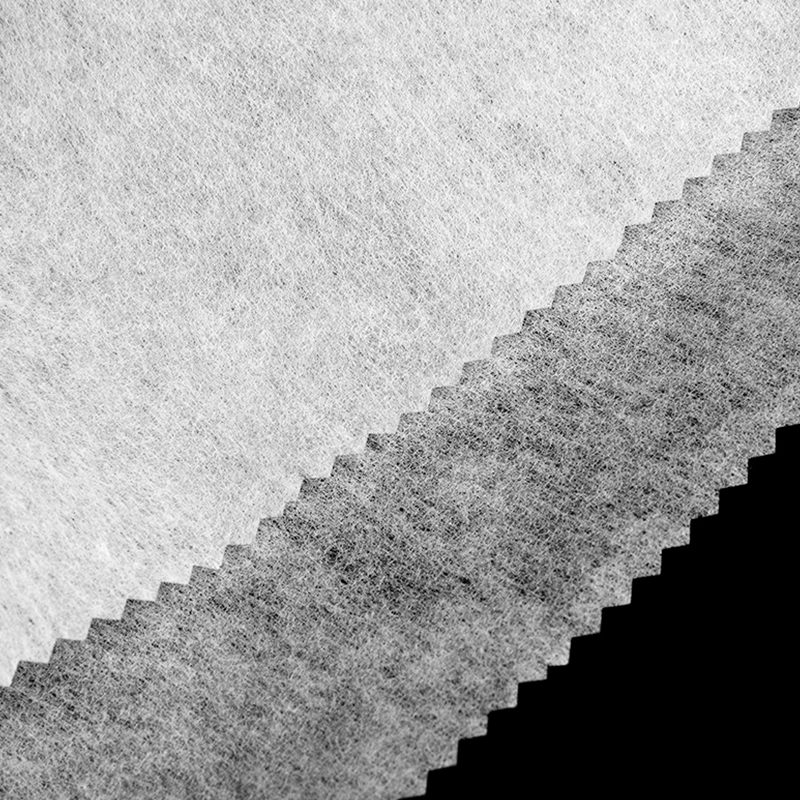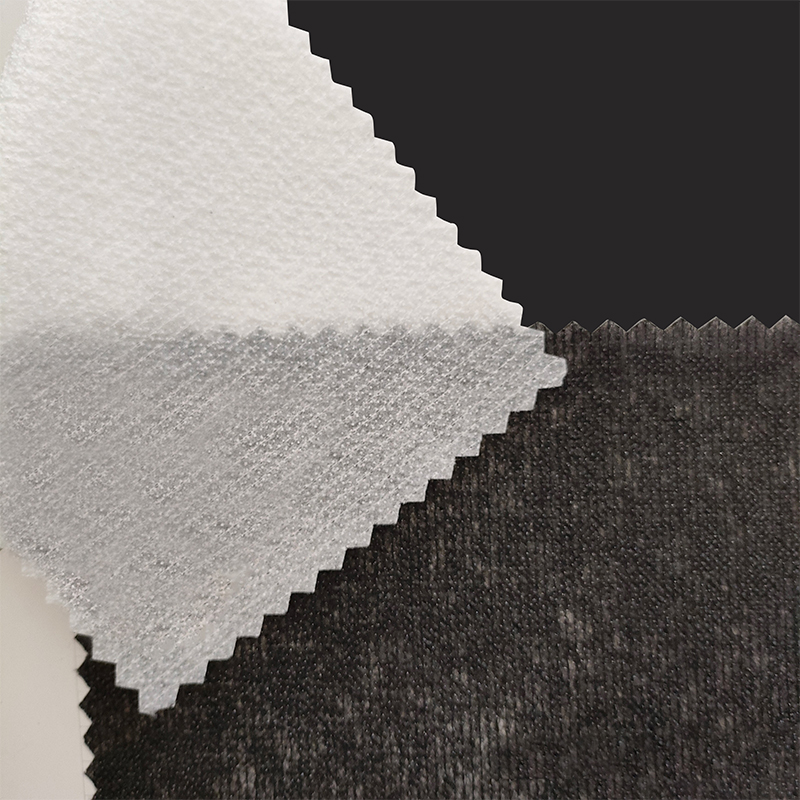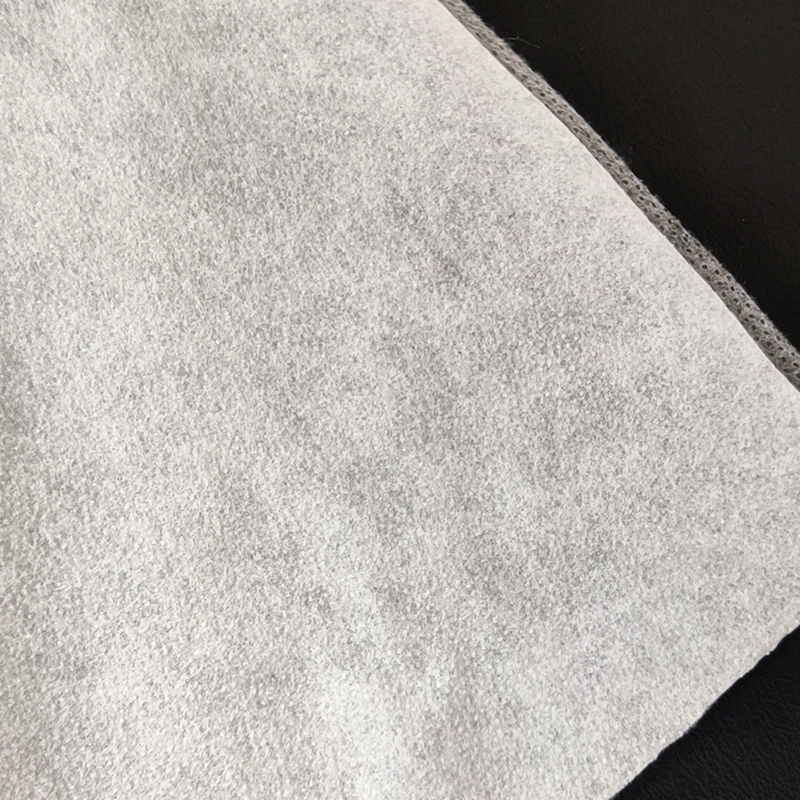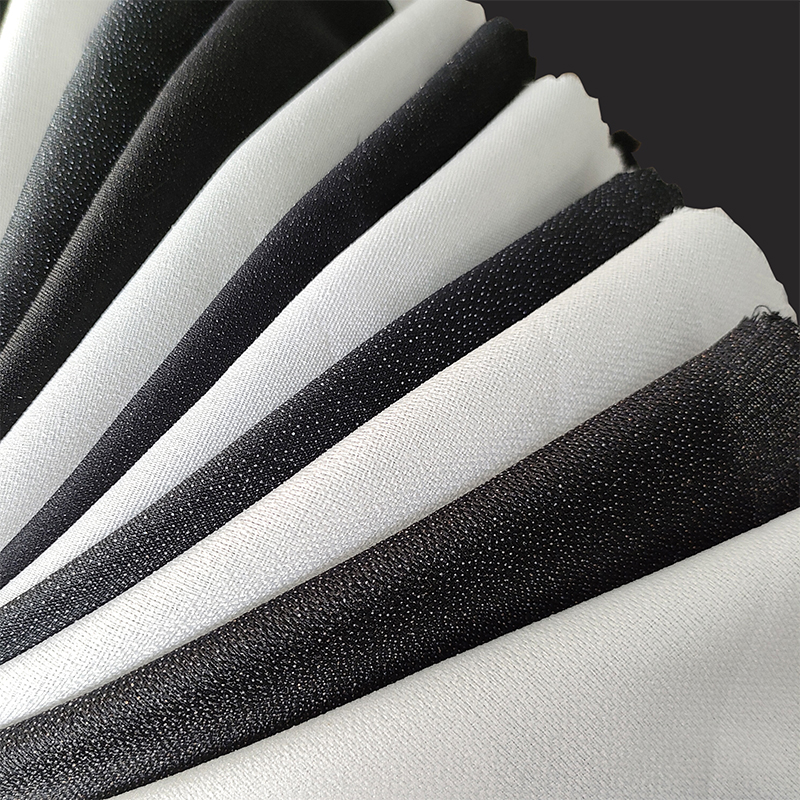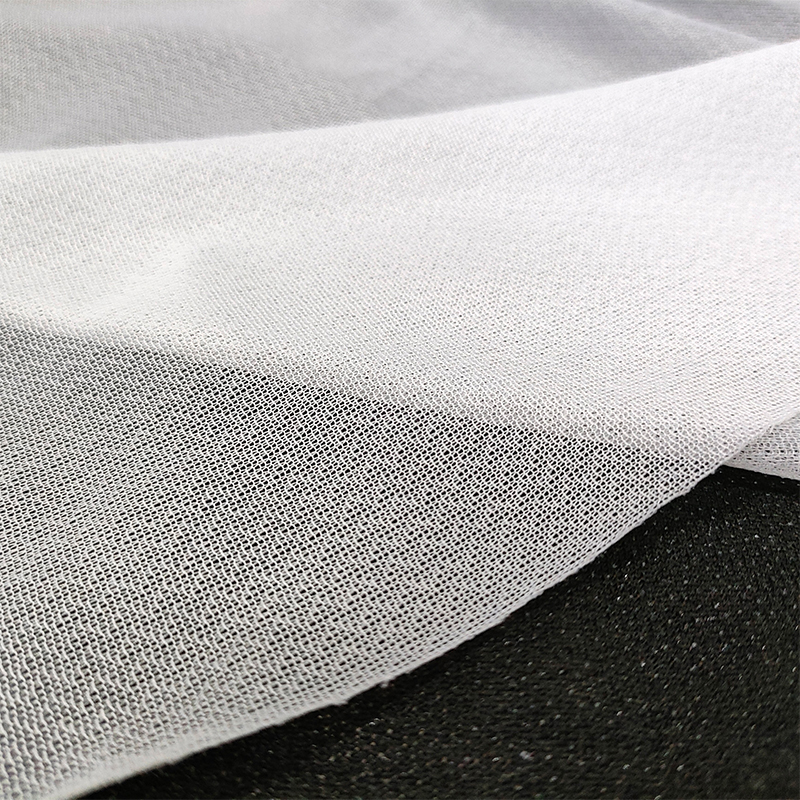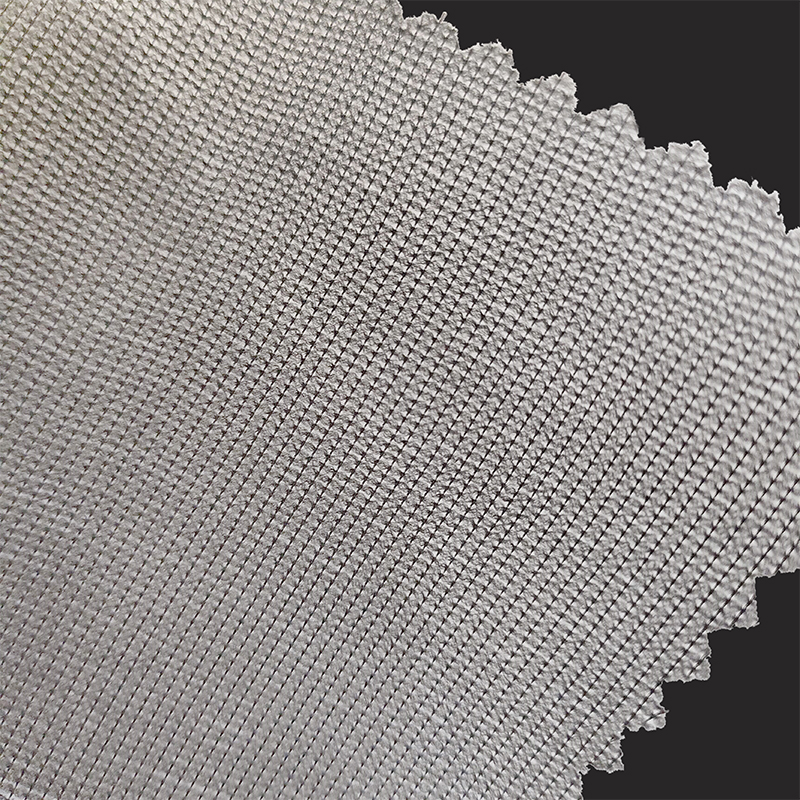Non woven fabrics are mainly used as auxiliary materials or components of composite waterproof layers in the field of building waterproofing, and their application characteristics are as follows:
1、 As an auxiliary layer of the waterproof system
Enhanced crack resistance is laid under the waterproof membrane or coating layer, utilizing its fiber structure to disperse stress and reduce the pulling and damage of the waterproof layer caused by base cracks.
Improve adhesion to rough surfaces and increase the adhesion of waterproof coatings or asphalt to prevent coating hollowing and peeling.
2、 Base material of composite waterproofing membrane
When the skeleton support is combined with asphalt and polymer membranes (such as PVC and TPO), it provides mechanical strength and dimensional stability to resist deformation caused by construction trampling.
Puncture resistant protection is achieved by interweaving fibers to cushion external impact and protect the internal waterproof layer from sharp objects such as gravel and steel bars.
3、 Independent applications for specific scenarios
Temporary rainproof cover with lightweight non-woven fabric can quickly cover newly poured concrete or outdoor building materials, and prevent short-term rainwater erosion (with the need for fixed measures).
When filling and treating pipeline interfaces and expansion joints with moisture-proof gaps, it serves as a filling material to absorb water seepage and guide it to the drainage layer, delaying the diffusion of water vapor.
4、 Limitations to be noted
The non independent waterproof main fiber pores result in permeability and cannot be used alone as a substitute for waterproofing membranes. It must be used in combination with other waterproof materials.
Durability limitation: Long term exposure to ultraviolet radiation can lead to aging and cracking, and outdoor use requires surface coverage with a protective layer; Mold may grow in humid environments.
5、 Advantages compared to traditional materials
Convenient construction: lightweight, can be cut, and fits irregular base surfaces.
Environmental friendliness: Some recyclable materials reduce construction waste.
Economy: The cost is lower than that of pure polymer waterproofing membrane, suitable for large-scale use in auxiliary layers.

 English
English Español
Español Türk
Türk